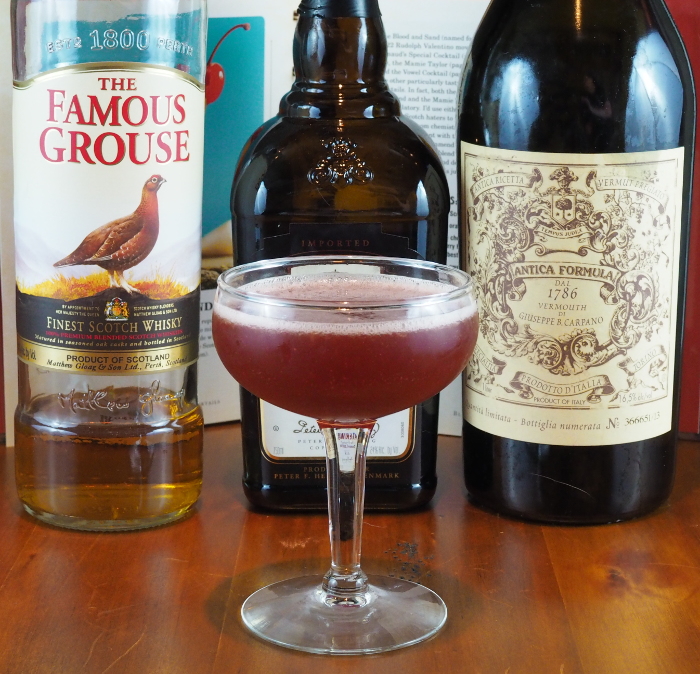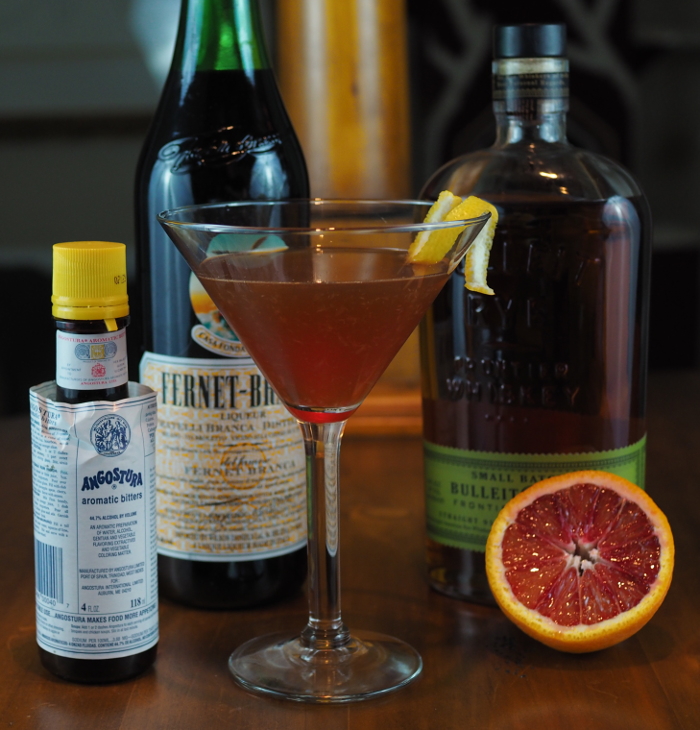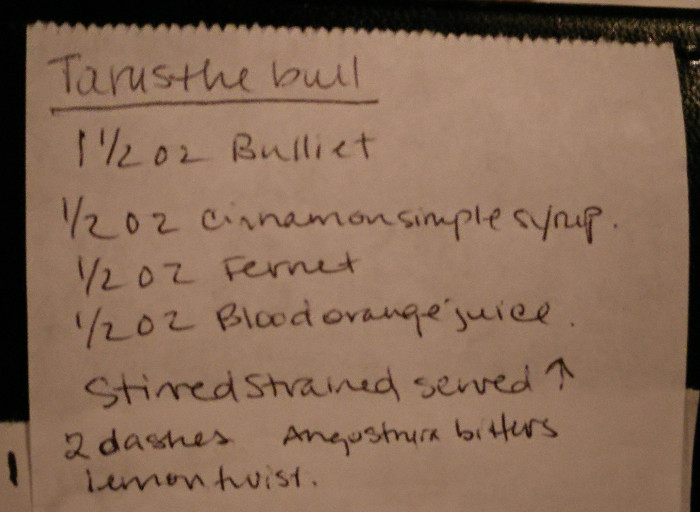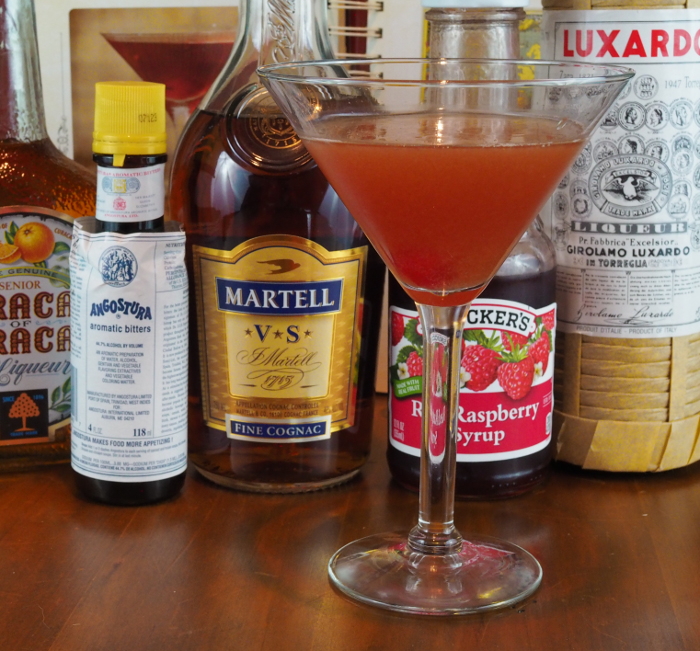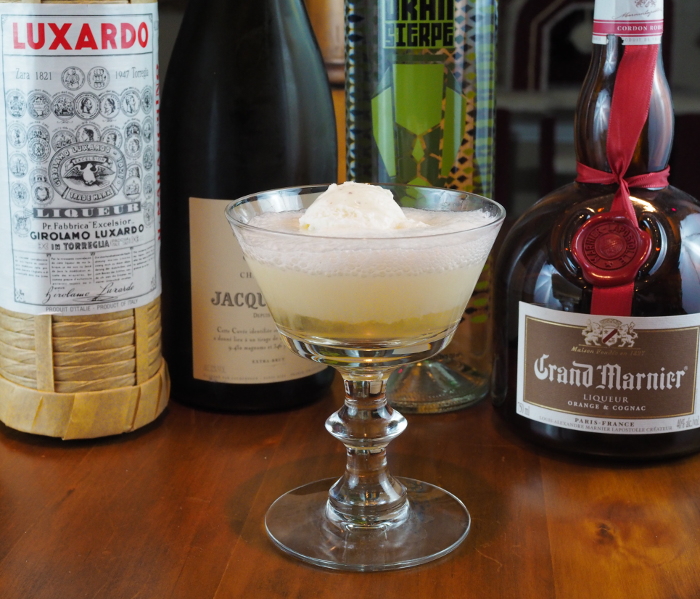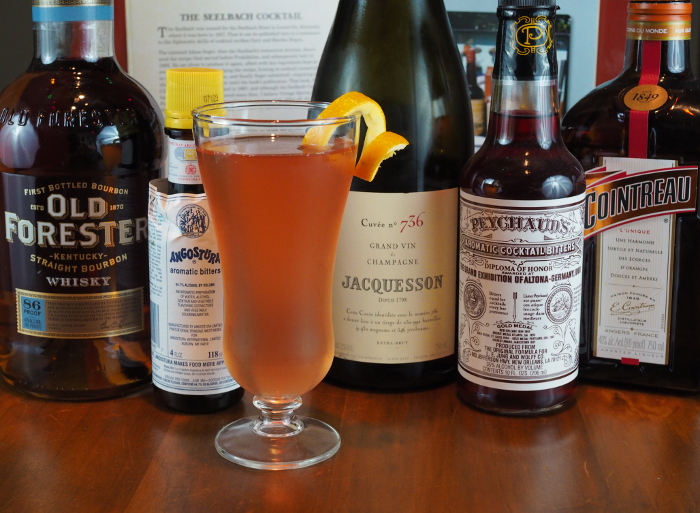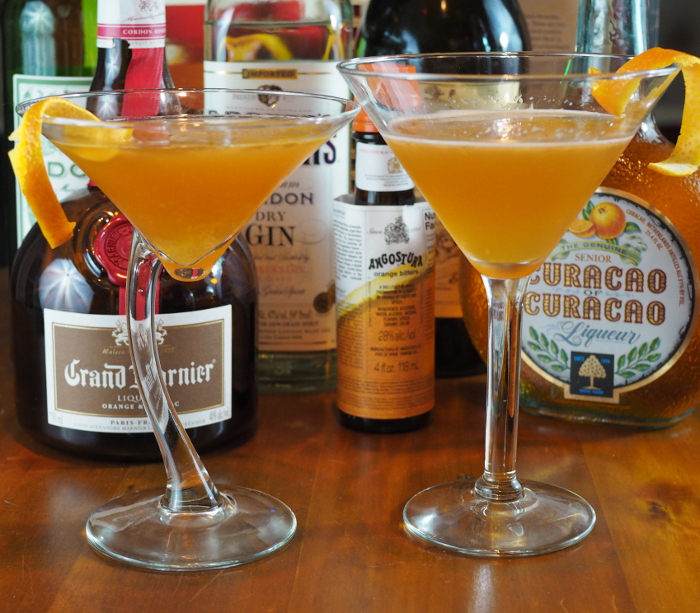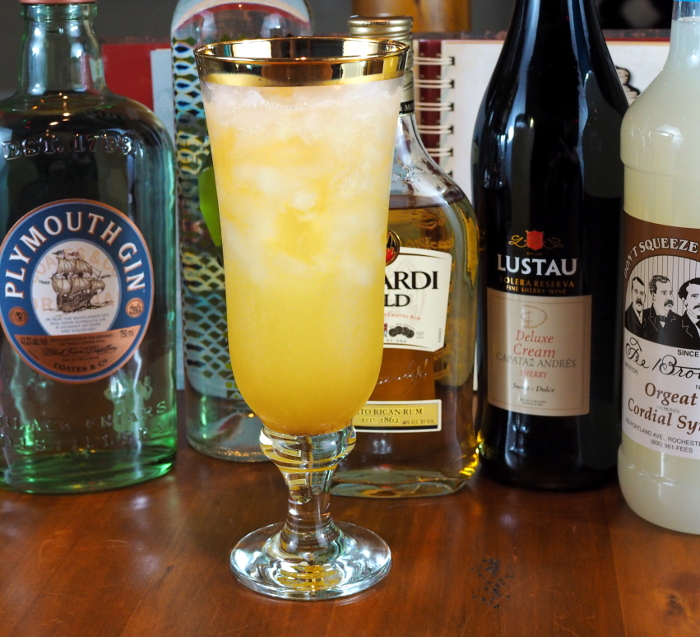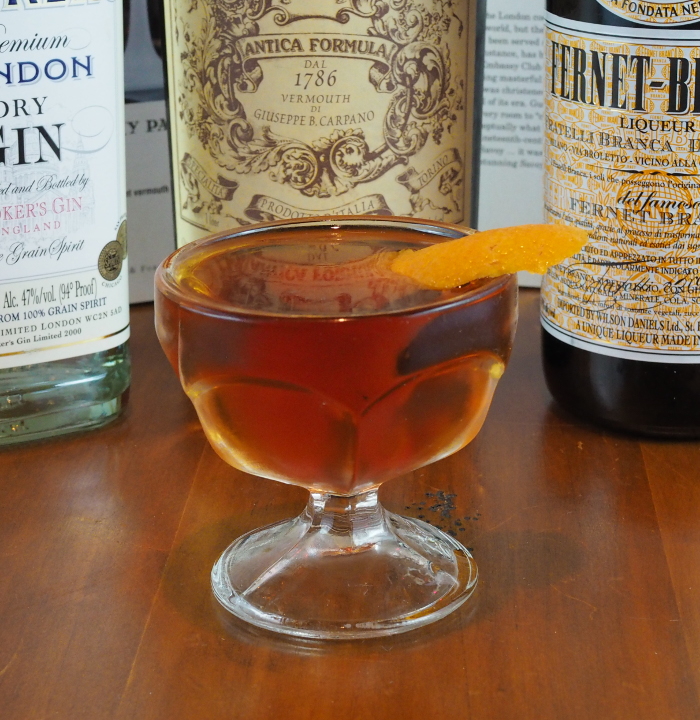No classic cocktail book (or blog) would be complete without The Monkey Gland:
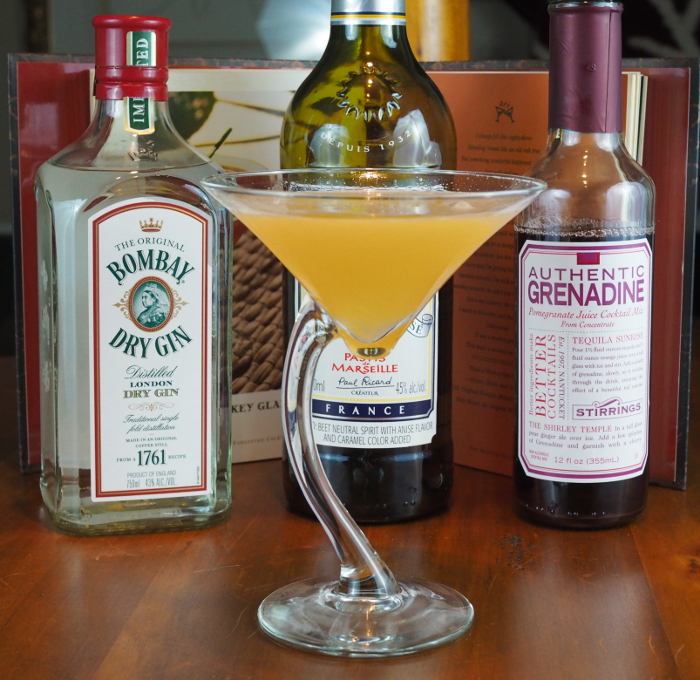
- 1.5 ounces dry gin
- 1.5 ounces orange juice
- 1 teaspoon pomegranate grenadine
- 1 teaspoon absinthe or pastis
Shake vigorously in an iced cocktail shaker, and strain into a small cocktail glass.
It’s funny in that Dr. Cocktail basically devoted a single sentence to The Blinker but this cocktail rates pages of description. There is a good reason for it – the story behind the name of this drink is pretty unbelievable.
In the mid 1920s in France Dr. Serge Voronoff pioneered the idea that grafting thin slices of monkey testicle tissue onto the testicles of humans would provide a hormonal rejuvenation that would prolong life and vigor. Of course it didn’t take long before the infamous Harry’s New York Bar in Paris put its own spin on the fad with the creation of this cocktail.
In any case, the drink is very nice. The use of absinthe or pastis adds a licorice flavor but any bitterness is offset by the sweetness of the orange juice and the grenadine. It is a very unique and pleasant combination, and I can see why it was popular. When absinthe fell out of favor, it was replaced in many recipes with Benedictine. While I have some, I haven’t tried that option as I found the original quite pleasing.
Rating: 4/5
Notes: I used Bombay Dry Gin, Stirrings grenadine and Ricard pastis. I should point out that in many of the drinks I make from this book that call for grenadine, the author’s pictures are much more red, even though I use a recommended brand and amount. Not quite sure why this is happening.

